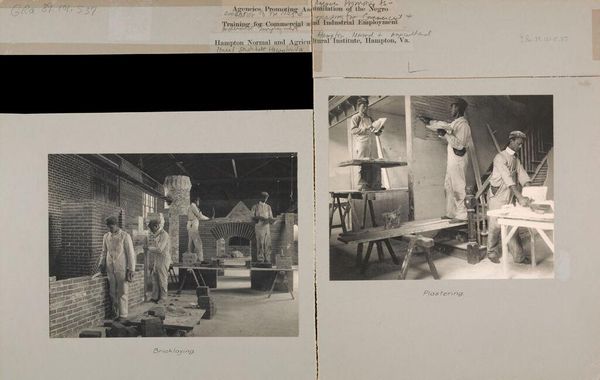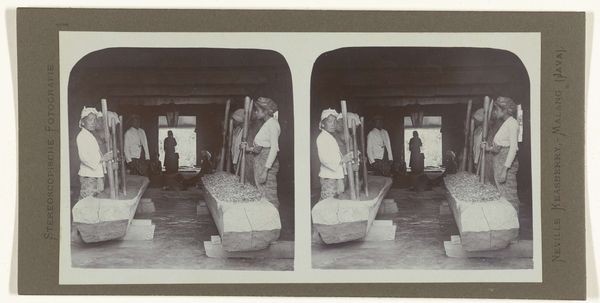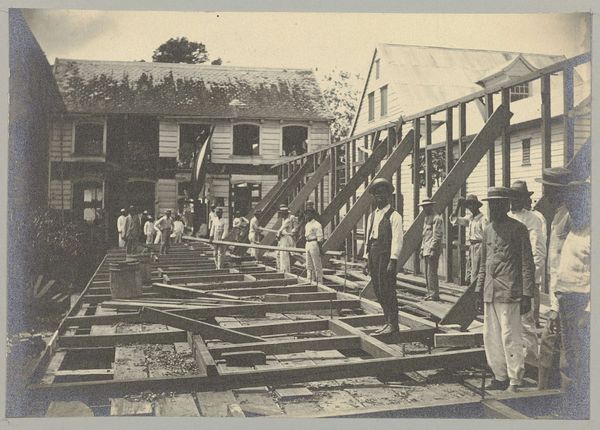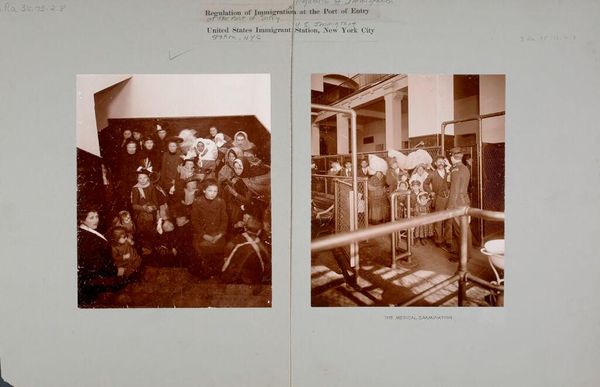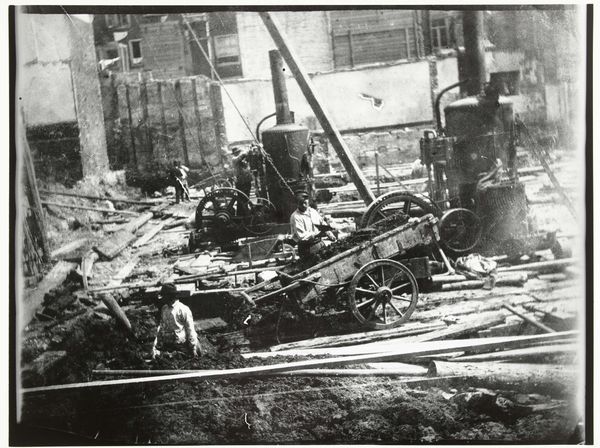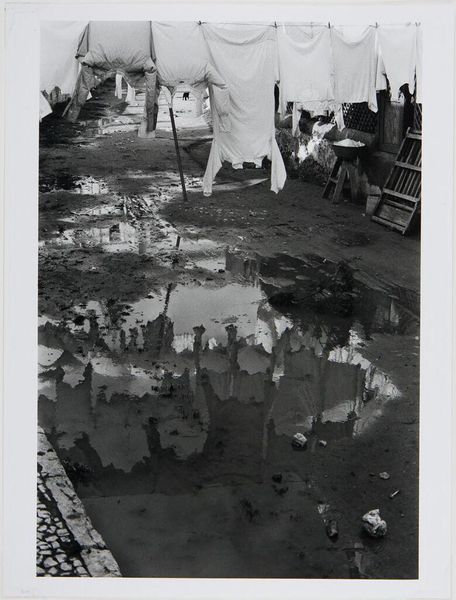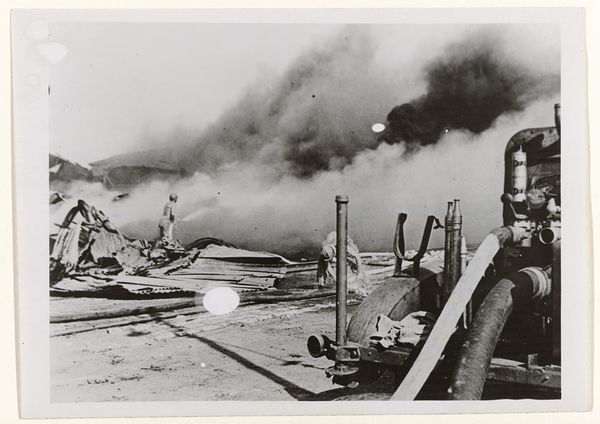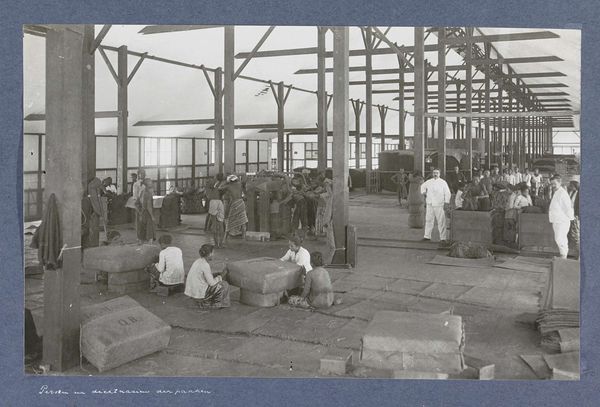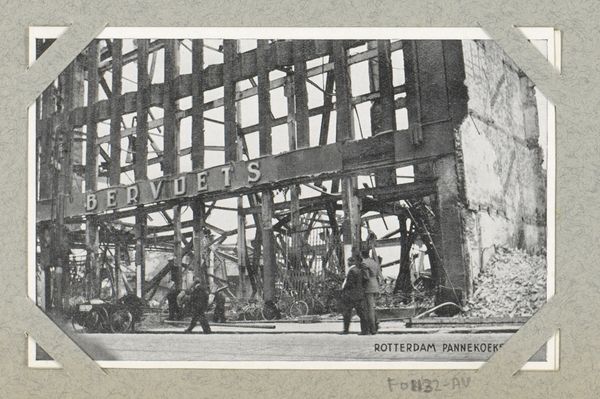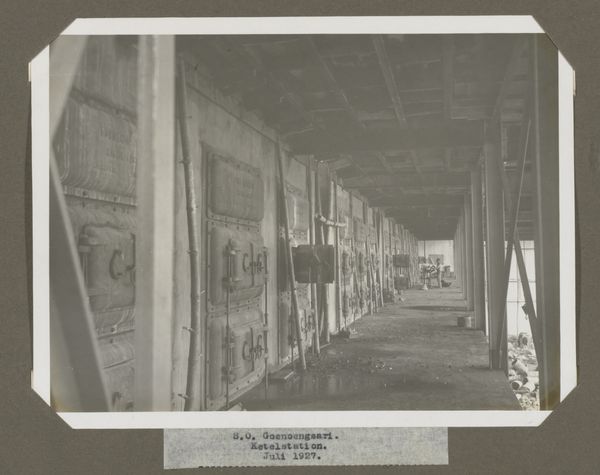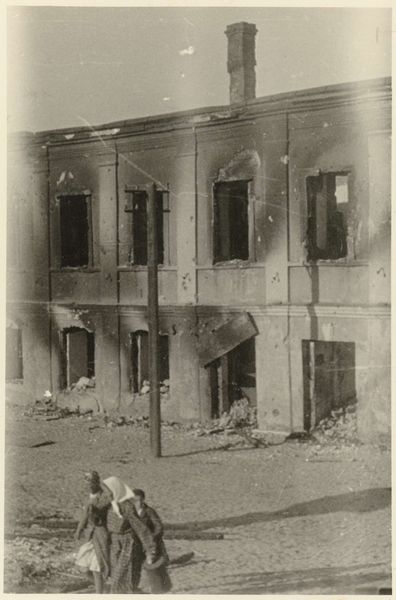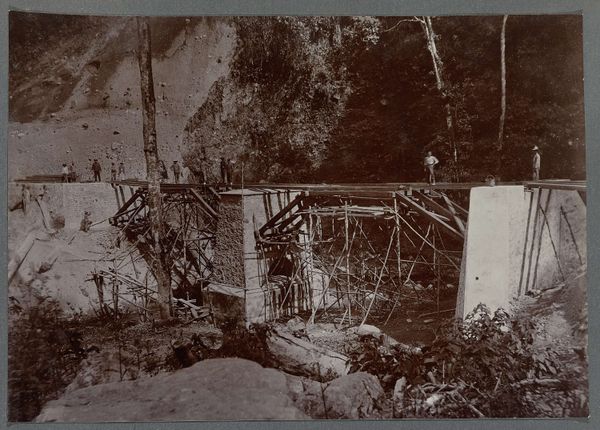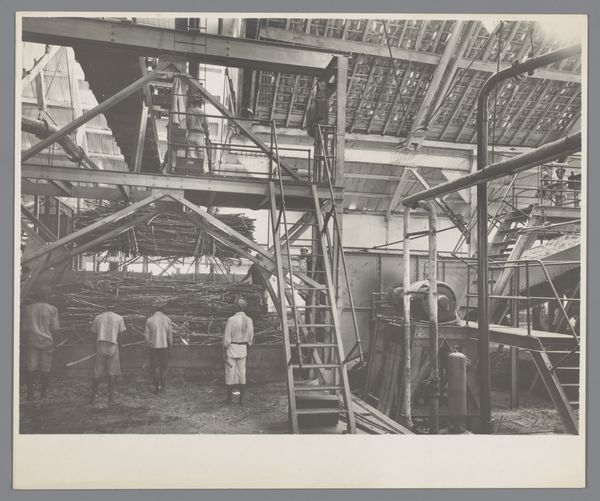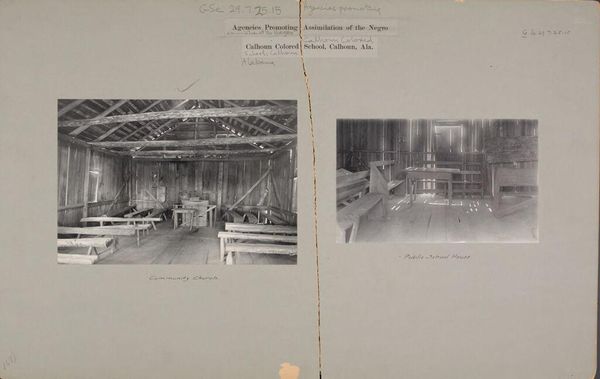
print, photography, gelatin-silver-print
#
print photography
#
african-art
# print
#
landscape
#
archive photography
#
photography
#
historical photography
#
orientalism
#
gelatin-silver-print
#
realism
Dimensions: height 88 mm, width 179 mm
Copyright: Rijks Museum: Open Domain
Editor: Here we have “Crematie in Bombay,” a gelatin silver print from 1903. The image is stark and almost journalistic in its depiction of what appears to be a cremation ceremony. It feels very distant and… observed. What are your thoughts on this photograph, especially regarding its cultural and historical implications? Curator: It's important to consider the Western gaze that often permeates such imagery from this period. This photograph, like many from the early 20th century, served a purpose beyond simple documentation. Think about the context of colonialism and the visual power dynamic it created. How might images like these have been used to reinforce Western perceptions of the East? Editor: So, it's not just about showing what's there, but about shaping a narrative? Curator: Exactly. The act of photographing itself is an act of framing, of choosing what to include and exclude. What is emphasized here? Consider the figures in white, performing their duties. How are they positioned in relation to the viewer? What feelings are evoked through such framing and composition? Editor: I see what you mean. There’s a certain… detachment, almost like we are not meant to feel connected to the event. Was this a common way to represent other cultures at that time? Curator: Certainly. This "Orientalist" lens was prevalent. These images circulated widely, impacting public perception and influencing policy. Think of the image's journey from creation to exhibition to publication. How did each stage contribute to its meaning? Editor: So, while seemingly straightforward, this photograph is laden with complex historical and cultural baggage. It makes you wonder about the role of the photographer and the ethics involved. I will certainly look at similar historical pictures with different eyes now! Curator: Precisely. It's about critical engagement with the image, considering the socio-political landscape in which it was created and circulated. Remember, images can be powerful tools of persuasion and it is on the viewer to reflect.
Comments
No comments
Be the first to comment and join the conversation on the ultimate creative platform.
